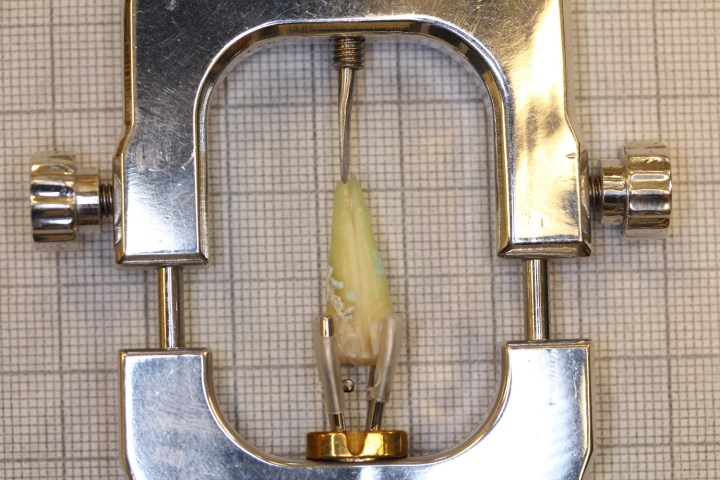
“Stem cells in teeth were discovered relatively recently in 2003 by Dr. Songtao Shi using the baby teeth of his 6-year-old daughter,” Dr. James Mah, one of the researchers on the project, told Digital Trends. “Since that time, many researchers have looked at teeth as a viable source of these cells, as humans lose teeth as part of the transition from baby teeth to adult teeth, and also as part of their dental care, such as removal of third molars or teeth for orthodontic crowding.”

Unfortunately, access to the dental pulp isn’t straightforward since teeth are encased in the hardest tissue found in the human body. Drilling and cutting into the teeth also isn’t an easy option because this creates heat and introduces contaminants, while the shape of each tooth makes it a difficult procedure to perform. That’s made all the worse by the fact that stem cells must be frozen as quickly as possible after being harvested.
With this in mind, the UNLV researchers on the project created a new device for cracking the tooth in half and removing the pulp. This is instrument the team, semi-jokingly, calls the Tooth Cracker 5000. It employs a clamp which holds each tooth in position so that a cutting implement can slice into them. The result is a perfectly halved tooth with an almost guaranteed success rate.
“Potential real-world application of this technology is to assist dental pulp stem cell researchers and companies that store dental stem cells with improving their yields,” Mah said. “At this time, we plan to improve upon the current design and conduct testing with a variety of tooth shapes, but we are open to collaborations with other researchers and industry.”


